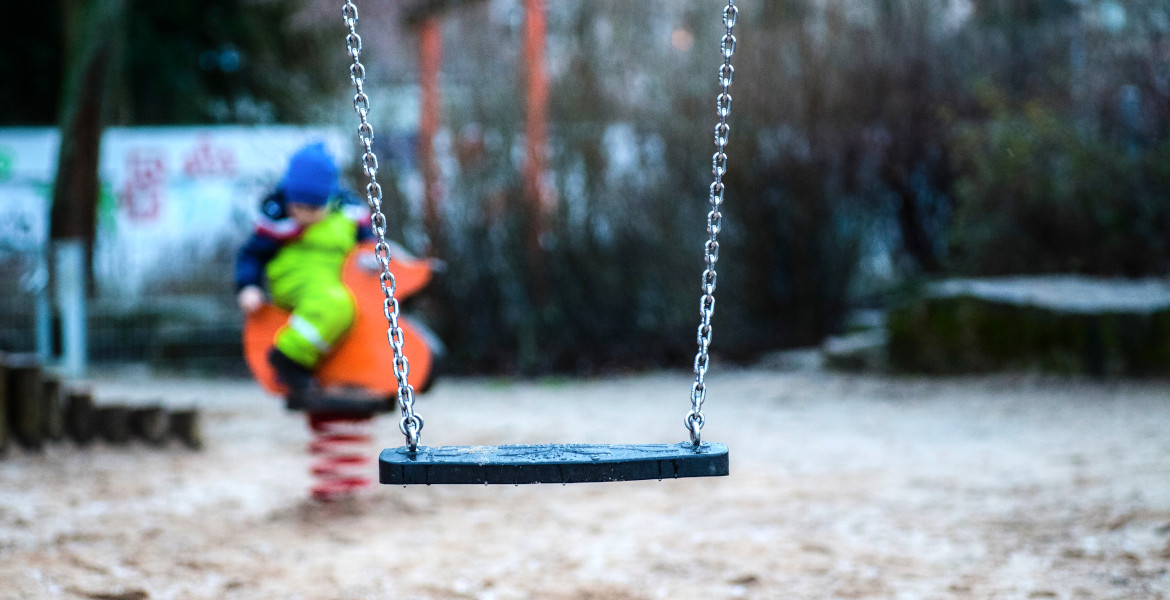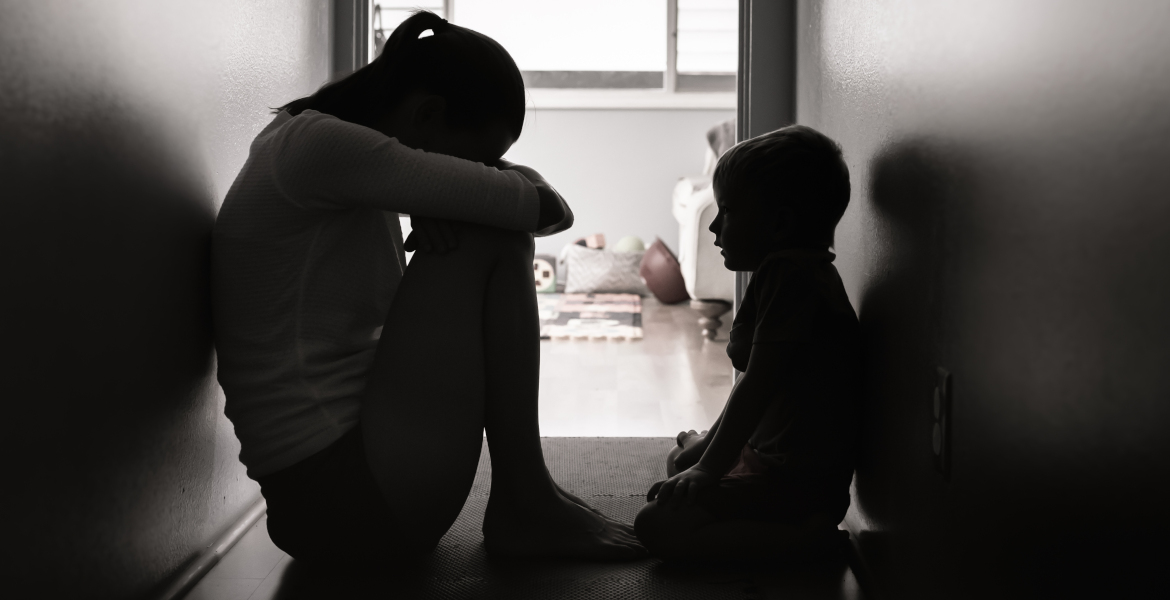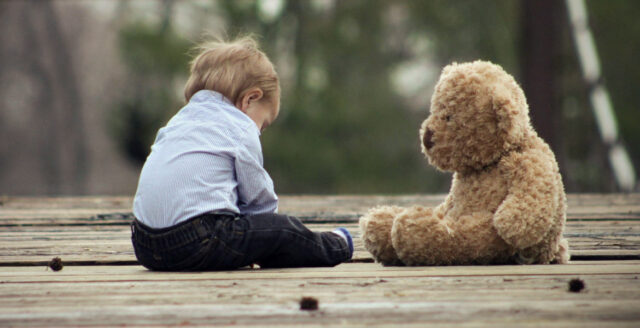In recent years, many real estate companies have demanded annual rent increases of between 10% and 15% – if this becomes a reality in the future, many Swedes will be forced to leave their homes – and risk being left without a roof over their heads.
"I can’t eat enough to feel full, can’t go to the dentist, or similar. The pain threshold has been reached. Already cutting back on food and essential care. I’ve replaced one meal a day with porridge already", reads one of many testimonies.
In the last two years, the country's rent increases have averaged 4.1% and 5.0% respectively – and even though all rents for 2025 have not yet been fully negotiated, an increase of around 5% is expected next year as well.
Many landlords again called for rent levels to be raised by up to 15%, citing inflation, more expensive maintenance and higher costs in general, but this was not the case – at least not this time.
Landlords have often argued that double-digit annual increases are reasonable, that it is not only low-income earners who live in rented flats and that many people could easily cope with such a significant rise.
“Would mean disaster”
When the Swedish Union of Tenants asks tenants around the country how a double-digit rent increase would have affected them, however, a different picture emerges, and many testify that they would have become homeless if the real estate companies had their way.
"Unfortunately, I will have to terminate my contract", reads one testimony.
"It would be difficult for me to stay. I'm retired and don't have a large pension. There are so many other things that have also become more expensive. You try to buy as cheaply as you can but it's difficult sometimes to make the money last a whole month", says another.
"Poor pensioner that I am, it would mean disaster and moving if I would even be able to move", explains a third.
“Working full-time and living in a flat”
Others testify how, despite working full-time and living in a small apartment, they would not have been able to cope with a rent increase of around 15% and would instead have had to look for a room and try to live with someone.
"It doesn't feel good at all, I'm 50 years old, have a full-time job but won't be able to live in my small first floor if I get such a big rent increase of 15%. Where are we going, when will someone put a stop to it?"
"Obviously a lot, as the rent for 44 square meters is already SEK 9,250. It's hard to find anything much less than that. I'm 59 years old and I feel that being a lodger when you're working full-time doesn't feel very dignified", says another tenant.
More families with children are being evicted
There are also those who talk about how they would be forced to move out onto the street if landlords next get their way, and how social safety nets are inadequate.
"It would mean that me and my children would not be able to stay as we are already struggling to make ends meet with previous rent increases and all the increased costs of basic living".
Tenants also explain how they already stopped using medication that is "not essential", eat with relatives and have stopped spending money on everything except rent, utilities and food – but that the money is still not enough.
"Can't eat my fill, can't go to the dentist and the like. The pain threshold has been reached. I already have to cut back on food and important care. Changed one meal a day to porridge already", says one tenant.
"Is there a pill that can fill me up that's covered by the high-cost protection?", wonders another.
The testimonies are in line with the Swedish Enforcement Authority's reports that evictions are increasing sharply in Sweden – and that more and more families with children are also becoming homeless. Despite the alarms, those in power have not presented any concrete solutions to the growing problem.





